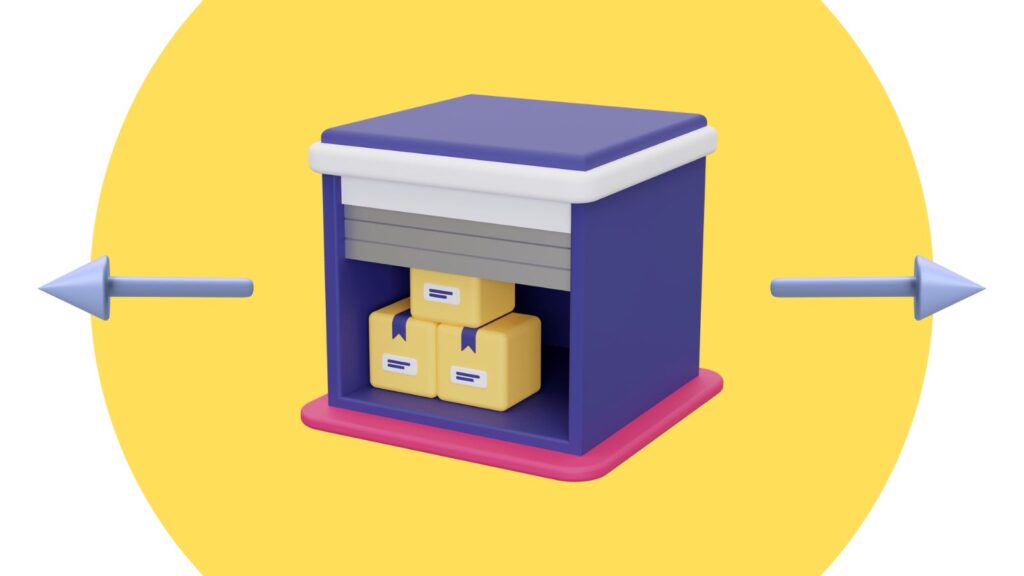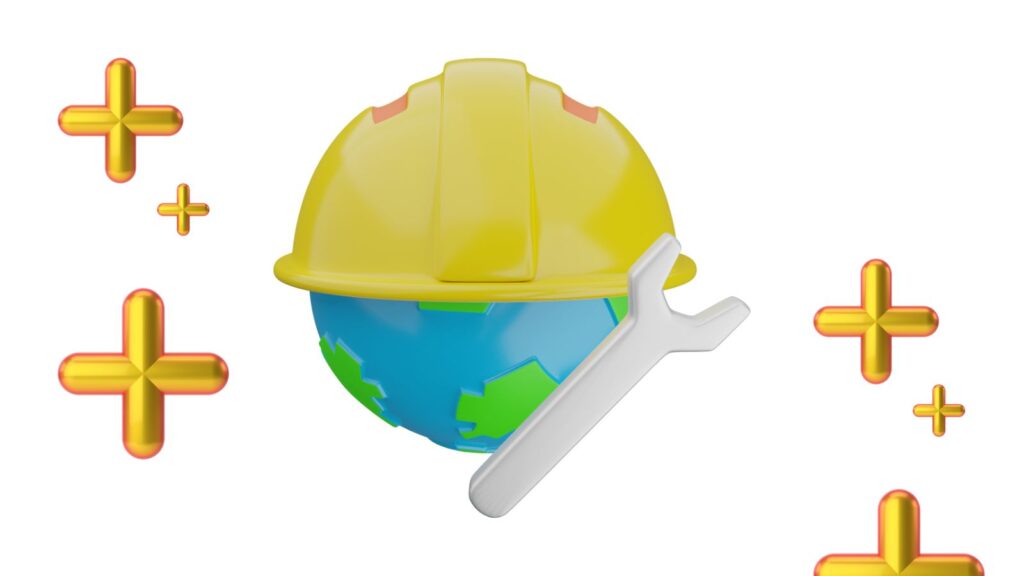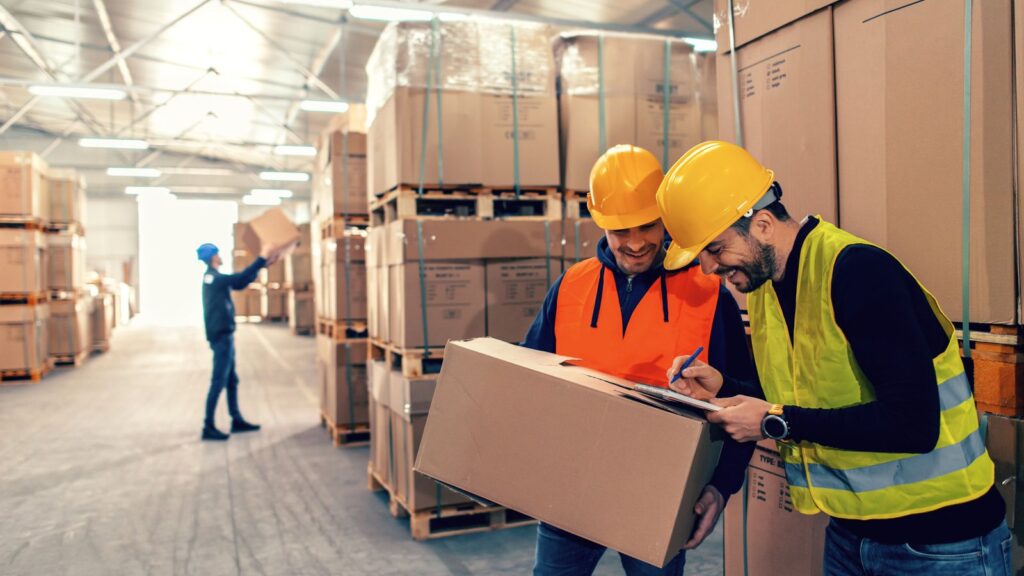Stereoscopic warehouses are automated warehouses that include several layers of high-shelf storage unit cargo along with the corresponding material handling equipment for warehousing operations. Due to this, it is also known as automated stereoscopic warehouses. It is known for its ability to make full cargo space, allowing warehouses to store all goods in an appropriate space safely. The emphasis on this form of the warehouse is the feasibility of utilising space smartly. Hence, a very structured and scientific design is implemented. It is three-dimensional and is a significant leap from traditional warehouses in terms of hardware and warehouse construction. Among other things, it improves access to goods, is an excellent asset for companies with enormous warehouses, and makes pick-up accuracy faster, more streamlined and accessible. This article will break down the minute details of what it means to have a stereoscopic warehouse.
Advantages of Having a Stereoscopic Warehouse
In assessing why a company must adopt a stereoscopic warehouse instead of a traditional one, it is easier to discern the advantages the former offers compared to the latter. Here are three of the most significant advantages a stereoscopic warehouse offers:
Same Warehouse but More Space

As previously noted, the central feature of a stereoscopic warehouse is space. This modern form of warehouse creates more space within the factory by building high-level shelf storage. This means space is created through tall storage structures, which generally range above 5 metres, although it can go as high as 40 metres. The warehouse widely depends on automated machinery to store the equipment at higher levels and bring it below. Thus, stereoscopic warehouses can maximise the space of a typical warehouse area in comparison to a traditional warehouse. Stereoscopic warehouses have been noted to extend space to 2 to 5 times more than a traditional warehouse. In other words, a warehouse does not necessarily need to be large in terms of length or width. Since the structure of a stereoscopic warehouse depends on high-level structures, it is a matter of assessing how tall the shelves should be.
Maximises Labour Utilisation

In a stereoscopic warehouse, a company has no option but to automate. Without digitising the warehouse operations, there can be no other type of stereoscopic warehouse. This is because it is unsafe and unreasonable for warehouses to build high-shelf structures and then make their staff sort, store and pick up such equipment. Hence, warehouse managers that adopt a stereoscopic system can easily receive the object in question with just a click of a button. This is the advanced automatic material handling feature present in such warehouses. Finding items is easy as all items in the warehouse are recorded in a computer system, allowing managers to monitor or update their status in real time. This also creates a safe working environment for employees.
Accommodate Healthy Storage Conditions

Certain objects need to be stored in specific conditions to remain in good condition. This may have been difficult in a traditional warehouse, given the number of items that warehouses have to manage. However, in a stereoscopic warehouse, all objects are stored in a central location in a limited space. Thus, it is easy to carry out temperature and humidity control measures. As a result, managers will have more control over perishable or nonperishable goods, as they can maintain the ideal environmental standards for the type of object in question, depending on where they are stored in the warehouse.
Are There Any Drawbacks That You Should Be Concerned With?
Warehouses have always been complicated. They are complex in the multitude of products that need to be stored and the conditions such objects require to stay in good quality. Sometimes, due to the nature of high-level shelves that store items in standard cargo boxes, warehouses may be restricted in the kind of products they can have inside. While on paper a stereoscopic warehouse sounds like the best type of warehouse out there, in reality, there are alarming risks which cannot be ignored. For instance, to make high shelves throughout the warehouse, managers must ensure that they are constructed with higher accuracy. Any minor error could not only make it dangerous to the staff in the warehouse, but it would lead to enormous damages. Moreover, regardless of how tall managers hope to build the shelves, construction will always be difficult, leading to longer construction durations, which significantly delays operations compared to a traditional warehouse system. Since everything depends on the computer’s functioning connected to the shelves’ operations, any malfunction could completely stop warehouse operations.
All Hope Is Not Lost
A more feasible and cost-effective way of managing a traditional warehouse is to upgrade it with advanced technologies. In other words, transitioning the warehouse into an intelligent factory helps managers carry out routine maintenance, find and fix anomalies before they appear, eliminate unnecessary financial expenditures, reduce waste, suggest possible spacing methods in the factory and receive hidden insights through data analytical capabilities. Having a stereoscopic warehouse, in other words, does not make a warehouse smart and only automates it to a certain level. The infusion of industry 4.0 technologies is required to remove the drawbacks of stereoscopic and traditional warehouses.
Cerexio Smart WMS: The Next Best Thing to a Stereoscopic Warehouse

Whether you have a stereoscopic or traditional warehouse, a mandatory solution suite that must be incorporated is Cerexio Smart WMS. Integrating your ASRS Systems with our advanced software solution, Cerexio Smart WMS, takes your warehouse operations to the next level. It is a compatible software deployed on any platform, such as on-prem, cloud-based or web-based. It includes a robotic forklift fleet that unlocks the power of advanced AI, AGVs, RGVs, IGVs, AMRs, UAVs, RFIDs, NFCs, cameras and sensors to navigate your warehouse operations. The solution infuses various industry 4.0 technologies, including Industrial Internet of Things (IIoT) and Predictive technologies that offer further benefits. The intelligent layout design tool helps direct robots used in warehouses to utilise the factory space efficiently, helping to maximise the space in the factory. It moreover smartly directs the robots to pick up orders and accurately keep them ready for delivery. It also communicates with suppliers and delivery personnel to ensure orders are shipped on time. It helps managers cut down the overall time and resources by guaranteeing that orders are not repeated or the wrong item is not collected by incorporating mobile barcode scanners. The cloud-based analytical tools help managers to gain valuable insights to further take action in streamlining their operations.
Connect with us to learn more about how Cerexio can make more space in your warehouse.
So Is Implementing a Stereoscopic Warehouse the Way to Go?
Stereoscopic warehouses are an ideal solution for warehouse managers that are limited in warehouse space. While the advantages warehouses offer are numerous, with the right technology, warehouse managers can yet unlock similar features if a smart WMS is implemented into their operations. Taking advantage of industry 4.0 technologies such as digital twins, AI, ML and other capabilities, you can draw insights while eliminating the drawbacks stereoscopic warehouses pose. Draw out a more spacious warehouse plan and implement a system which works for you that assures a higher level of production, safety and security.
